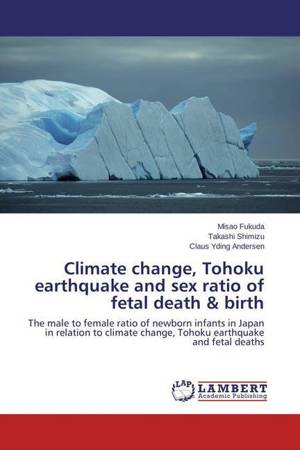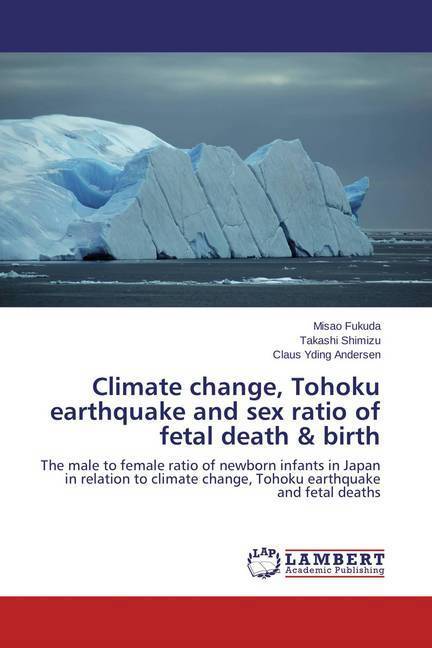
- Afhalen na 1 uur in een winkel met voorraad
- Gratis thuislevering in België vanaf € 30
- Ruim aanbod met 7 miljoen producten
- Afhalen na 1 uur in een winkel met voorraad
- Gratis thuislevering in België vanaf € 30
- Ruim aanbod met 7 miljoen producten
Climate change, Tohoku earthquake and sex ratio of fetal death & birth
The male to female ratio of newborn infants in Japan in relation to climate change, Tohoku earthquake and fetal deaths
Misao Fukuda, Takashi Shimizu, Claus Yding Andersen
Paperback | Engels
€ 26,95
+ 53 punten
Omschrijving
The underlying mechanisms of the recent declines in sex ratios at birth may be related to decreased fertilization of XY embryos by reduced motility of Y spermatozoa from a male factor approach and increased cortisol secretion prior to conception, low level of glucose at implantation and/or increased maternal adrenal androgens during pregnancy from a female factor approach. The present data suggest that the recent temperature fluctuation in Japan appears to be linked to a lower male to female ratio of newborn infants partially via increased male fetal deaths. Like sea turtles human male concepti appear to be especially vulnerable to external stress factors including climate changes. In order not to share the same fate as the sea turtles showing 90% females, temperature differences and male to female ratios of fetal deaths and newborn infants are of great importance to human reproductive health and balance between the sexes. We must take every caution to monitor these indicators for future human reproductive health.
Specificaties
Betrokkenen
- Auteur(s):
- Uitgeverij:
Inhoud
- Aantal bladzijden:
- 84
- Taal:
- Engels
Eigenschappen
- Productcode (EAN):
- 9783659395581
- Verschijningsdatum:
- 9/03/2015
- Uitvoering:
- Paperback
- Afmetingen:
- 150 mm x 220 mm
- Gewicht:
- 136 g

Alleen bij Standaard Boekhandel
+ 53 punten op je klantenkaart van Standaard Boekhandel
Beoordelingen
We publiceren alleen reviews die voldoen aan de voorwaarden voor reviews. Bekijk onze voorwaarden voor reviews.










